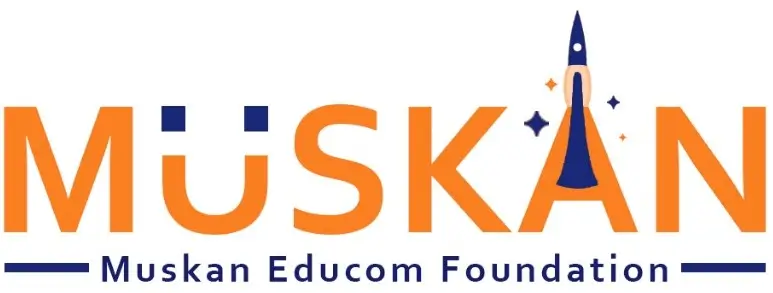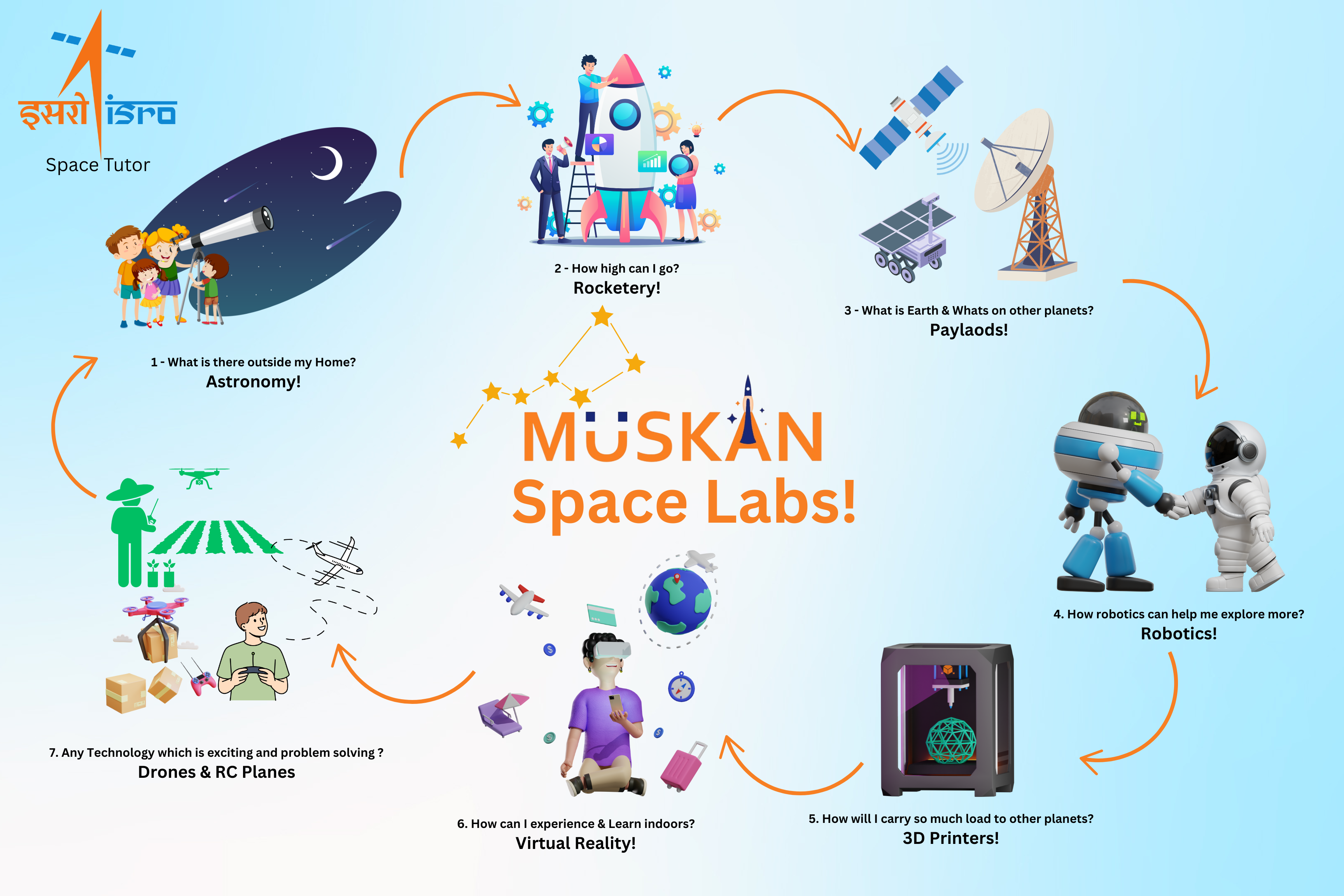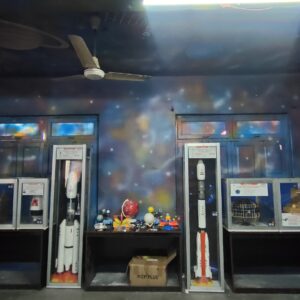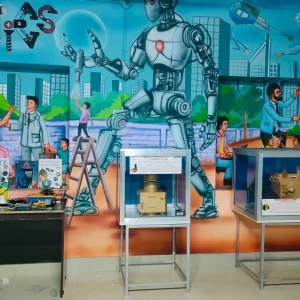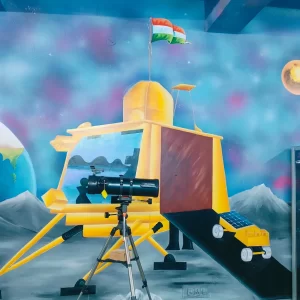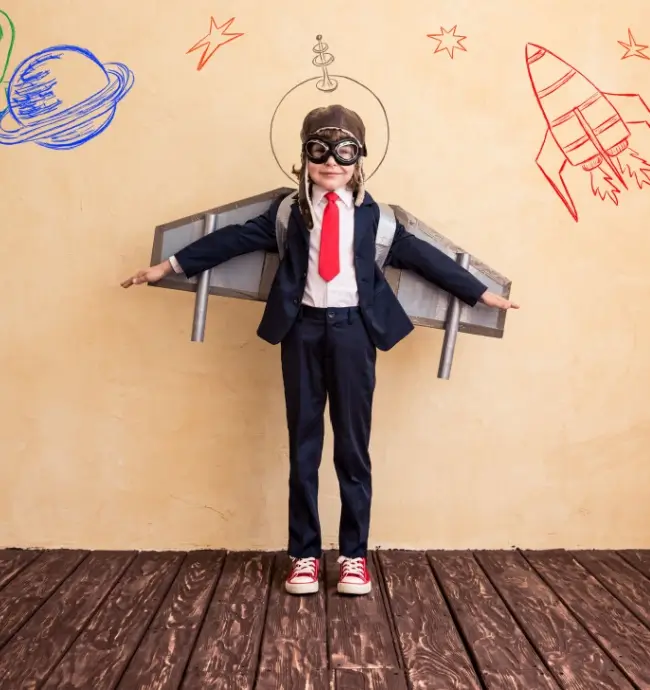Astronomy is the scientific study of celestial objects, space, and the physical universe as a whole. Some of the Projects Included for Astronomy Learning are;
- Working High Quality Telescope for Observation
- Telescope Making Kit to Foster STEM
- Working Models:
- 3D Moon Model
- Interactive Mars Globe
- Astronomy Sun Dial
- Moon Phase Demonstrator
- Solar & Lunar Eclipse
- Solar System Demonstrator
- Seasons Change
- World Timeline
- Concept Understanding:
- Constellation Chart
- Exoplanet Detection Chart
- Manual & Training
Rocketry is the science and technology of designing, building, and launching rockets. Some of the Projects Included for Learning about Rockets are;
- ISRO Rocket Exhibits
- Nike Apache Scale Model
- SLV Scale Model
- PSLV Scale Model
- GSLV D1 Scale Model
- GSLV MK3 Scale Model
- Student Maker Kit
- Stomp Rocket Kit
- Hydro Rocket Kit
- Chemical Rocket
Satellites are objects orbiting Earth or other celestial bodies, used for communication, observation, and navigation. Teaching students about payloads and satellites demystifies this technology, fostering STEM literacy, practical engineering skills, and an understanding of how these systems impact daily life. Some of the Projects Included for Learning are;
- ISRO Mission Exhibits
- Aryabhatta Satellite Model
- Chandrayaan 1 Satellite Model
- Chandrayaan 2 Orbiter Model
- Chandrayaan 3 Vikram Lander
- Aditya L1 Satellite Model
- Mangalyaan 1 Satellite Model
- Concept Learning
- 3 Orbits of Earth
- Remote Sensing
- Weather Station
- Working STEM
- Cube Satellite
- Pragyan Rover
- Mars Rover
Robotics is the design, construction, operation, and application of robots. Teaching robotics to students fosters STEM skills, problem-solving, and creativity, preparing them for a technology-driven future. Some of the Projects Included for Learning Robotics are;
· Built Model
o Smart Car
o Robotic Arm
o Spider Robot
o Light Following Robot
o Obstacle Avoiding Robot
o Weather Station
o Smart Farm
o Smart Homes
· DIY Kits
o Smart Car
o Robotic Arm
o Spider Robot
o Light Following Robot
o Obstacle Avoiding Robot
o Weather Station
o Smart Farm
o Smart Homes
· Electronics Kit & Sensors
· Wires & Others
· Circuit Maker KIT
DGCA (Directorate General of Civil Aviation) is the Indian regulatory body for civil aviation, including drones. A drone is an unmanned aerial vehicle (UAV). Teaching drone technology to students fosters understanding of aviation, robotics, and data acquisition, preparing them for a growing industry.
Recent drone projects with real-world applications:
- Delivery: Drone delivery services for medical supplies, packages, and food, especially in remote areas.
- Agriculture: Drones used for precision agriculture, monitoring crop health, and applying fertilizers/pesticides.
- Infrastructure Inspection: Drones inspecting bridges, power lines, and pipelines, improving safety and efficiency.
- Search and Rescue: Drones equipped with thermal cameras aiding in search and rescue operations after natural disasters.
- Environmental Monitoring: Drones collecting data on wildlife populations, deforestation, and pollution levels.
VR (Virtual Reality) is a computer-generated simulated experience that immerses users in a digital environment. Teaching VR in schools fosters digital literacy, spatial reasoning, and interactive learning.
Recent VR projects with real-world applications:
- Medical Training: VR simulations for surgical procedures, allowing doctors to practice in realistic, risk-free environments.
- Architectural Visualization: VR walkthroughs of buildings before construction, enabling architects and clients to experience designs.
- Therapy: VR exposure therapy for anxiety and PTSD, helping patients confront fears in a controlled setting.
- Education: VR field trips to historical sites or distant planets, enhancing learning through immersive experiences.
- Industrial Training: VR simulations for operating heavy machinery or performing complex tasks, improving safety and efficiency.
A 3D printer creates physical objects from digital designs by layering materials. Teaching 3D printing to students fosters creativity, design thinking, and practical STEM skills, preparing them for future manufacturing and design careers.
Recent 3D printing projects:
- Construction: 3D-printed houses and buildings for rapid, affordable housing solutions.
- Medical: 3D-printed prosthetics, organs for transplant research, and customized medical implants.
- Aerospace: 3D-printed rocket parts and satellite components for lighter, more efficient designs.
- Manufacturing: 3D-printed tools, prototypes, and custom parts for various industries.
- Food: 3D printed food for specialized diets, or novel food experiences.
The history of basic tools traces human innovation from simple stones (like hand axes) to complex devices (like modern power tools), reflecting our evolving needs and ingenuity. Teaching it to school students provides context for technological development, fosters problem-solving skills, and demonstrates how human ingenuity has shaped civilization.
Sample tools illustrating this progression:
- Paleolithic Era:
- Hand axes (for cutting, chopping)
- Stone scrapers (for processing hides)
- Spear points (for hunting)
- Neolithic Era:
- Sickles (for harvesting crops)
- Grinding stones (for processing grains)
- Pottery tools (for shaping clay)
- Bronze Age:
- Bronze axes and swords (stronger, more durable)
- Chisels (for woodworking and stone carving)
- Iron Age:
- Iron plows (for more efficient agriculture)
- Hammers and anvils (for metalworking)
- wheels and pulleys(for moving heavy objects)
- Modern Era:
- Hammers (improved materials and designs)
- Drills (electric, cordless, specialized bits)
- Screwdrivers (various types, electric)
- Saws (circular, jig, reciprocating)
- Soldering irons (for electronics)
- Wrenches (adjustable, socket, torque)
- Measuring tools (calipers, micrometers, laser levels)
